Spray Foam Insulation
Open cell foam and Closed cell foam
We offer both open cell and closed cell spray foam products. Closed cell provides a superior air and moisture barrier, making it the most effective insulation available for energy performance. Open cell spray foam is a more affordable option that still provides an air sealing capacity and an R-value that supersede nearly every other insulation product on the market.
Closed Cell Foam
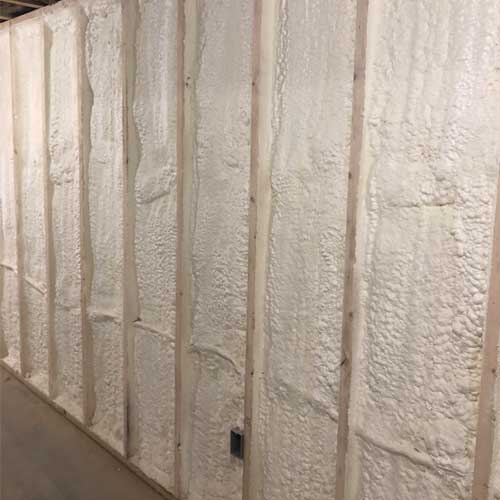
GacoOnePass
GacoOnePass 2 lb. Closed Cell Foam installs quickly in up to 4+" passes which reduces labor costs by 50% or more and offers 20-30% higher yields than standard 2 lb. foams when sprayed in one pass at 3 to 4" thickness.
As an ABAA Evaluated Material as part of an ABAA Evaluated Assembly, GacoOnePass is approved for use in air barrier systems. It is Appendix X approved for use without an additional ignition barrier and meets the requirement for a Class II vapor retarder at just 0.44".
GacoOnePass is ideal for use in a variety of residential and commercial applications and it can be used in deep fill applications with up to 18” in depth per pass for applications like trench fill, pipe erosion control, container filling, etc.
GacoOnePass is UL GREENGUARD and GREENGUARD Gold certified.
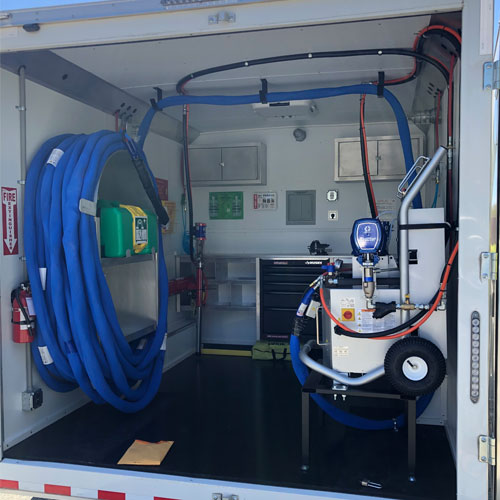
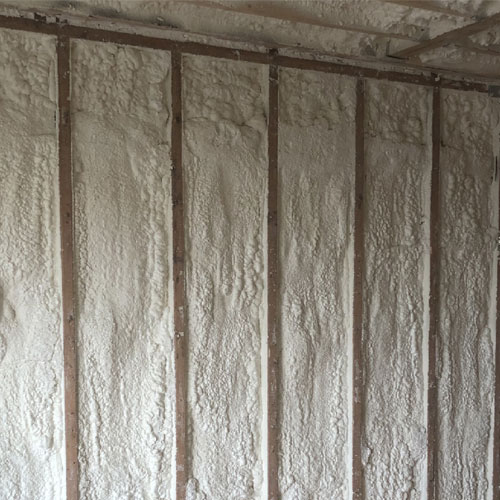
Open Cell Foam
Gaco Western open cell spray foam insulation makes complete sense from the moment it bonds to a home or any building.
You can actually see the seal created as foam thoroughly fills every crevice to provide a seamless high performance barrier, specially formulated to protect the building, the occupants, and your investment. Consider the benefits: higher R-values, increased energy savings, low long-term maintenance costs, effective sound insulation, resistance to mold, pests and pollutants, and even reduced installation and construction waste. Start smart with Gaco spray foam insulation and stay strong with energy savings of up to 40% over other insulation techniques.
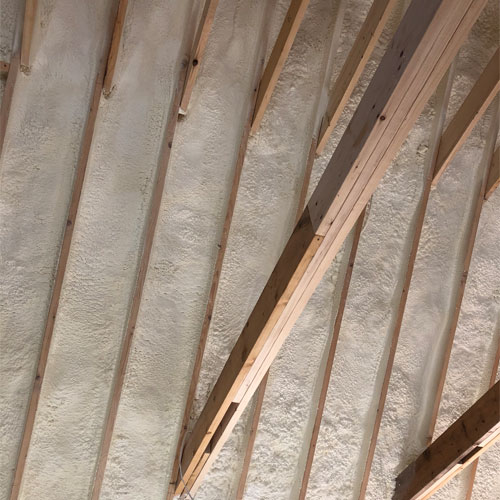
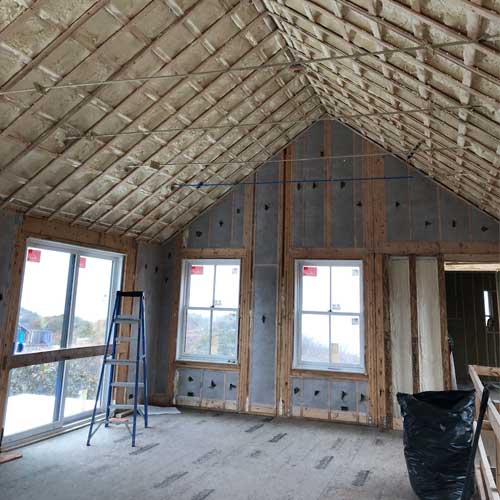
Open Cell Foam
Gaco Western open cell spray foam insulation makes complete sense from the moment it bonds to a home or any building.
You can actually see the seal created as foam thoroughly fills every crevice to provide a seamless high performance barrier, specially formulated to protect the building, the occupants, and your investment. Consider the benefits: higher R-values, increased energy savings, low long-term maintenance costs, effective sound insulation, resistance to mold, pests and pollutants, and even reduced installation and construction waste. Start smart with Gaco spray foam insulation and stay strong with energy savings of up to 40% over other insulation techniques.
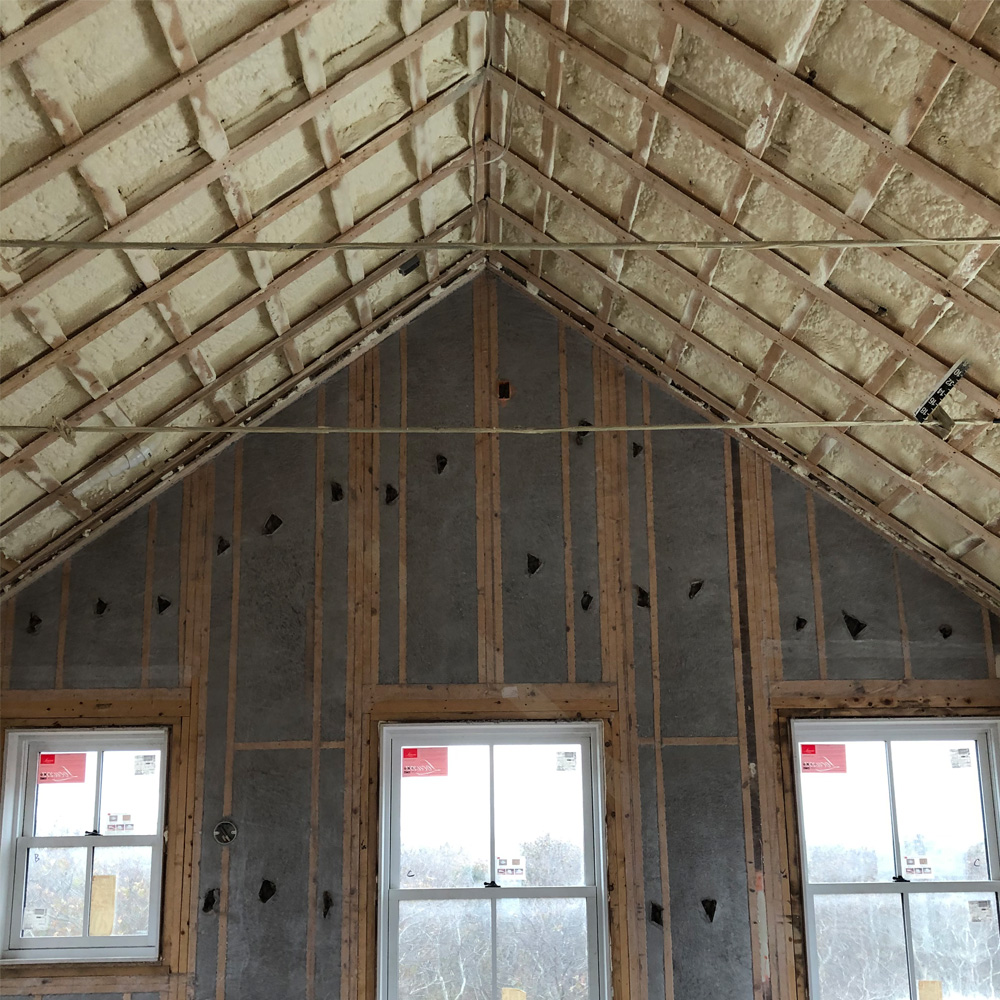
Benefits:
- 1 hour reentry - With only 10 ACH
- 4+" passes - Installs quickly, saves time and reduces labor costs
- Exceptional sprayability - Superior formulation provides consistent, forgiving, user friendly foam with predictable yields and less gun clogging
- Less viscous - Reduces wear and tear on equipment
- Low odor - Improves work environment
- Lower energy costs - Higher R-values than conventional insulation and a seamless air barrier reduce uncontrolled air leakage, resulting in lower energy costs
- Design flexibility - Adheres to the substrate, allowing for easy monolithic installation for greater structural strength and stability, and enhances resistance to water damage; expands to fill even irregularly shaped and hard to reach areas
- Lower construction cost / Value engineering - Achieve insulation, air barrier, vapor retarder and thermal break all in one for reduced material costs; energy efficiency results in smaller HVAC system requirements
- Long term value - Customers today are concerned about their building’s integrity; spray foam helps a building withstand the tests of the elements and time
- Higher R-values
- Increased energy savings
- Lower long-term maintenance costs
- Effective sound insulation
- Resistance to mold
- Reduced installation and construction waste